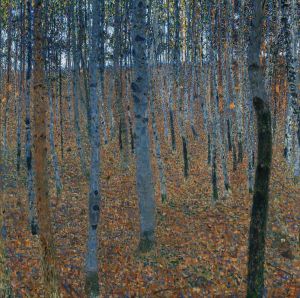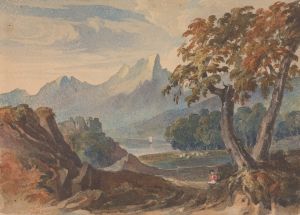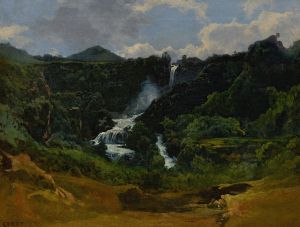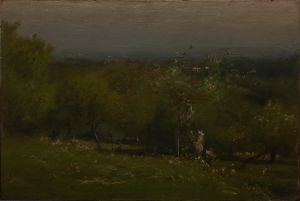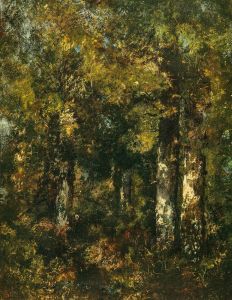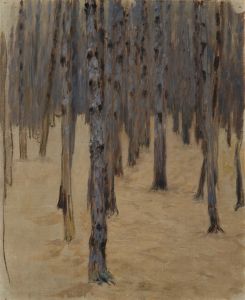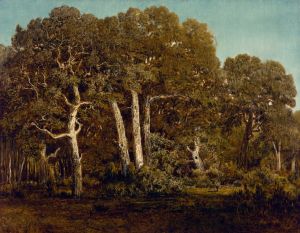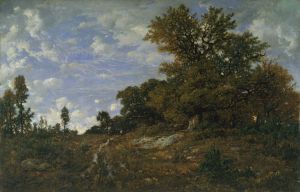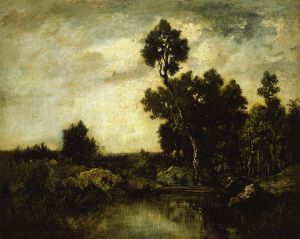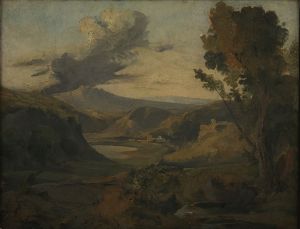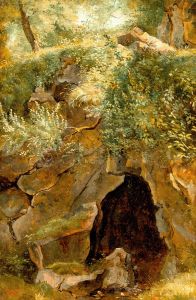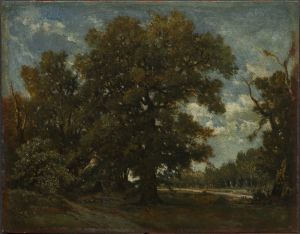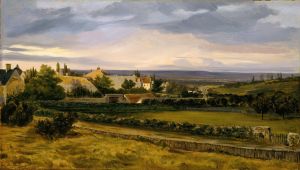
Lake landscape
A hand-painted replica of Théodore Rousseau’s masterpiece Lake landscape, meticulously crafted by professional artists to capture the true essence of the original. Each piece is created with museum-quality canvas and rare mineral pigments, carefully painted by experienced artists with delicate brushstrokes and rich, layered colors to perfectly recreate the texture of the original artwork. Unlike machine-printed reproductions, this hand-painted version brings the painting to life, infused with the artist’s emotions and skill in every stroke. Whether for personal collection or home decoration, it instantly elevates the artistic atmosphere of any space.
Théodore Rousseau's Lake Landscape is a painting created by the French artist who was a leading figure in the Barbizon School, a movement that emerged in the mid-19th century. The Barbizon School was known for its focus on naturalistic depictions of rural landscapes, often painted en plein air (outdoors), which was a departure from the more formal and idealized landscapes of earlier periods. Rousseau, along with other artists of the movement, sought to capture the beauty and tranquility of nature with a sense of realism and emotional depth.
Lake Landscape exemplifies Rousseau's mastery of landscape painting, showcasing his ability to render the subtleties of light, atmosphere, and texture. The painting features a serene lake surrounded by trees and vegetation, with a focus on the interplay between water, sky, and land. Rousseau's use of earthy tones and careful attention to detail reflect his deep connection to the natural world and his desire to portray it authentically. His work often conveys a sense of stillness and introspection, inviting viewers to immerse themselves in the scene.
Rousseau's artistic approach was influenced by his extensive study of nature and his admiration for earlier landscape painters, such as John Constable and Dutch Golden Age artists. He spent much of his career working in the Forest of Fontainebleau, a region near Paris that became a central inspiration for the Barbizon painters. This area provided Rousseau with a rich variety of landscapes, from dense woodlands to open fields and tranquil water bodies, which he captured with great sensitivity.
While specific details about the creation and provenance of Lake Landscape are not widely documented, the painting is consistent with Rousseau's broader body of work, which often emphasized the harmony and timelessness of the natural environment. His landscapes were not only artistic achievements but also reflections of the growing interest in nature during the 19th century, a period marked by industrialization and urbanization.
Théodore Rousseau's contributions to art were recognized during his lifetime, though his career was not without challenges. He faced initial resistance from the Paris Salon, the official art exhibition of the Académie des Beaux-Arts, but eventually gained recognition and acclaim. Today, his works, including Lake Landscape, are celebrated for their technical skill and emotional resonance, and they continue to be studied and admired as important examples of 19th-century landscape painting.






